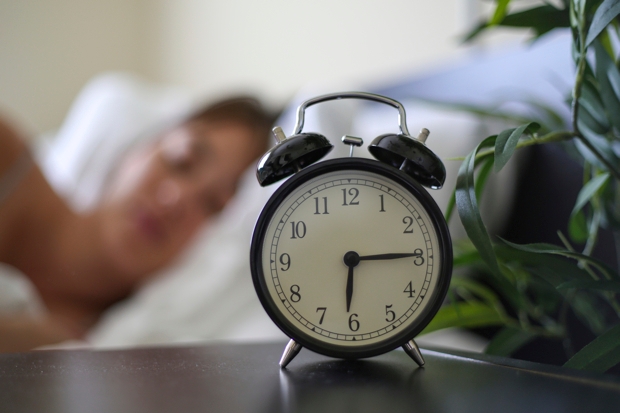Most people have trouble sleeping at one time or another; for some it’s a chronic problem. But making sure the conditions are right for a good night’s sleep can really help:
Choose the right mattress
Is your mattress ten years old or more? If so, think about investing in a new one. Not only do mattresses get saggy, but your body may need a different kind of support, especially if you’re getting older. And a firm mattress isn’t necessarily the best option. A Spanish study found that people with a bad back reported less backache if the mattress had a bit of ‘give’ in it. Medium-firm turned out to be best, easing pain both in bed and during the day.
Pick the best pillow
You should consider replacing your pillow after two years; it could contain mould, old skin cells and dust mites. And the wrong pillow can aggravate problems such as neck and shoulder pain, and headaches. A good pillow is one that allows your head to align naturally with your shoulders. What about the filling? One study found that cool pillows were best, so choose one made of natural fibres which release heat more efficiently and keep your head cooler. If you sneeze in the mornings, try a hypoallergenic headrest.
Wear pyjamas
Don’t sleep naked; get your pyjamas on if you want to be comfortable in bed. Warm skin helps slow the circulation, cooling your body down and helping you have a more restful night.
Keep your feet warm
Bed socks do not sound remotely sexy, but if getting good-quality sleep is your priority, then wear socks in bed when the days get colder. Warm feet will help your body reach the right cool temperature for a good night’s sleep.
Sleep on your side
To guard against waking to aching bones, sleep on your side in a foetal position with a pillow between your legs. This takes the strain off your back. Sleeping on your back or stomach is problematic – both put extra stress on your spine.






Comments